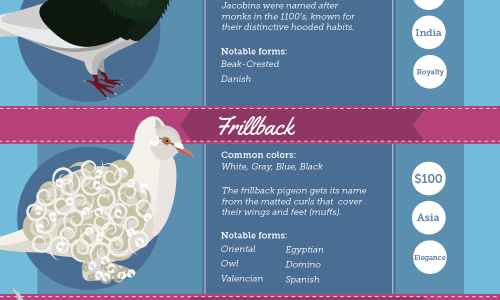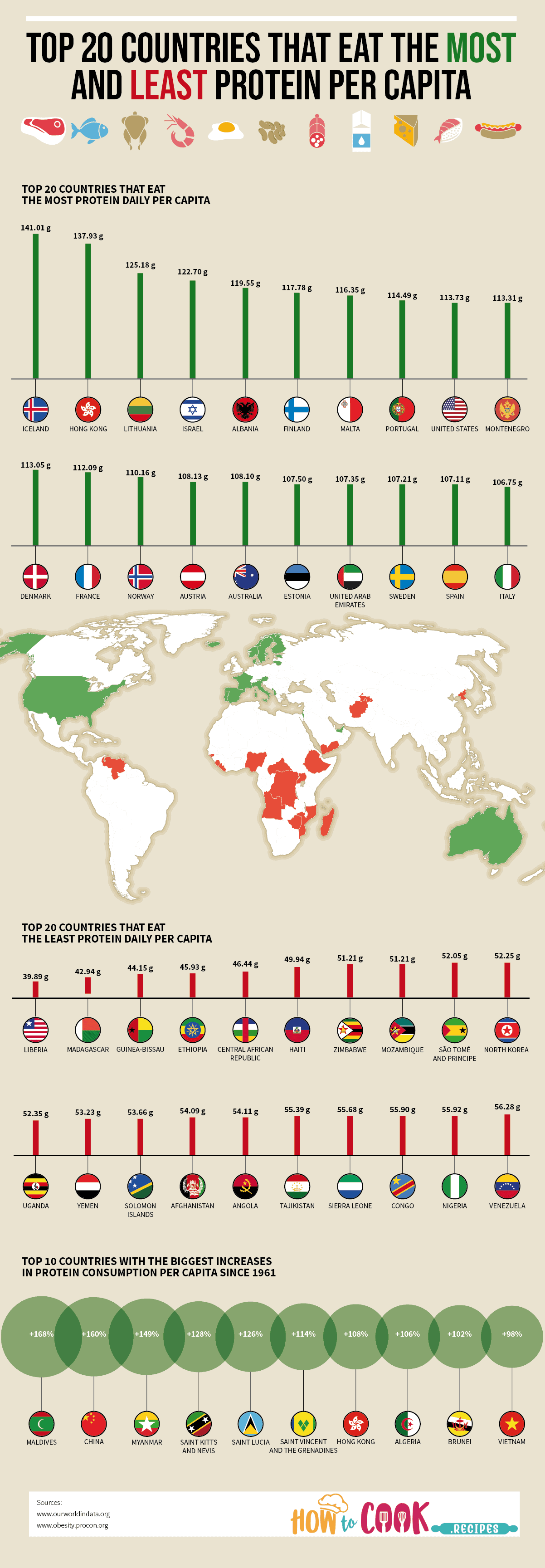
Few people think about where their chicken comes from, or how it ends p on their plate. Those with a keen interest in the gym mostly know chicken as a healthy protein to help them gain muscle. Of course, those who are less fitness-conscious may be partial to the occasional fried chicken bucket. Yet neither camp spends much time thinking about the lives of chickens before they reach the grocery stores–or how those lives could easily be improved.
The life of a caged chicken is unequivocally miserable, even by factory farming standards. Birds rarely have enough space or mental stimulation–because even tiny chicken brains need entertainment and socializing–and unhappy chickens are known to engage in abnormal behaviors such as feather pecking.
There are many ways for farmers to improve their chickens’ morale, however. In the wild, birds have to forage to find their food, and recreating the experience for captive birds by making them work a bit for their supper, can lead to much happier animals. Complex physical habitats with stones, grass, perches, and platforms also add interest and stimulation to the birds’ environment. Like any other creature, chickens do poorly when they’re bored and lonely, and are much happier when kept busy.





